Google’s new Willow quantum processor has reignited discussions around blockchain security and their ability to withstand rapid advancements.
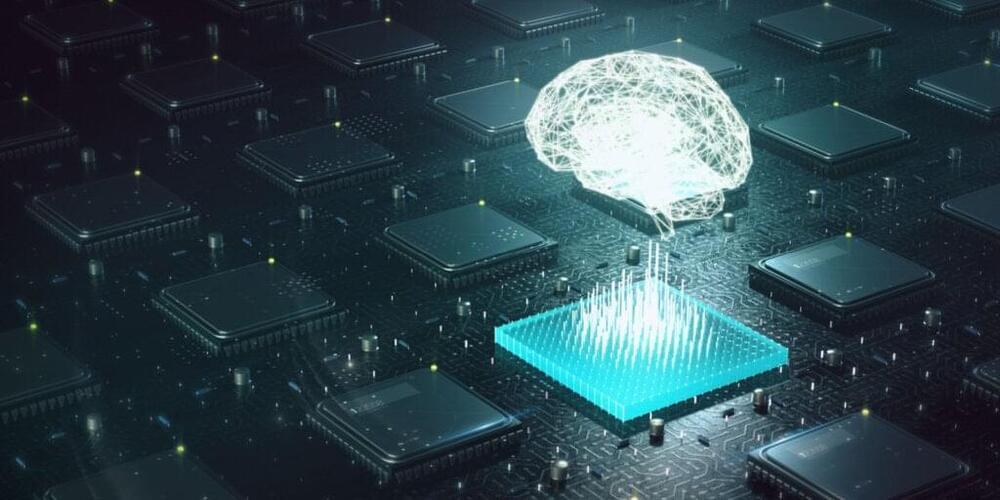

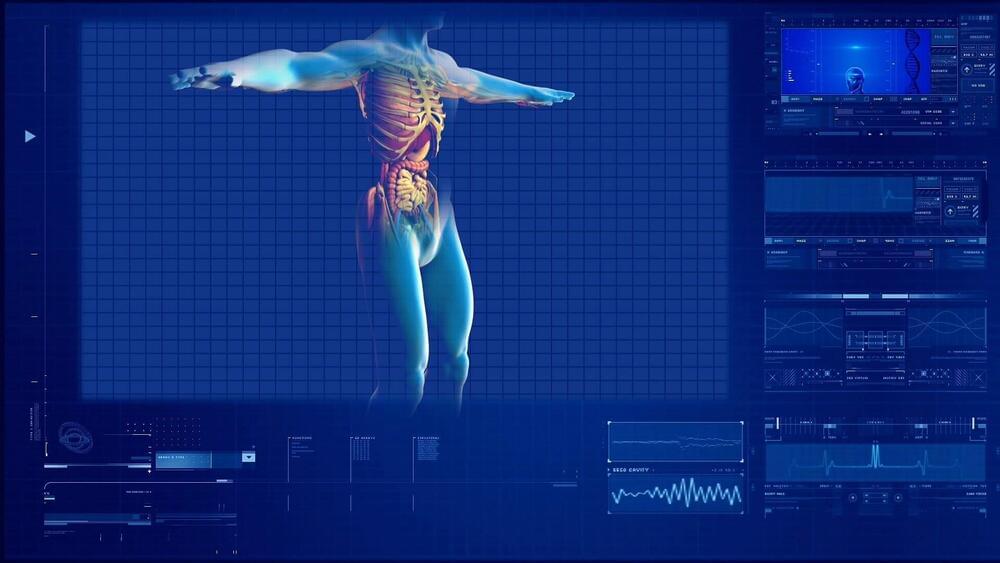
Researchers have discovered new connections between the gut and brain that hold promise for more targeted treatments for depression and anxiety, and could help prevent digestive issues in children by limiting the transmission of antidepressants during pregnancy.
The study, published in the journal Gastroenterology, shows that increasing serotonin in the gut epithelium—the thin layer of cells lining the small and large intestines—improves symptoms of anxiety and depression in animal studies. The researchers also found that, in humans, antidepressant use during pregnancy increases the risk of babies developing constipation in the first year of life.
“Our findings suggest that there may be an advantage to targeting antidepressants selectively to the gut epithelium, as systemic treatment may not be necessary for eliciting the drugs’ benefits but may be contributing to digestive issues in children exposed during pregnancy,” said Kara Margolis, director of the NYU Pain Research Center and associate professor of molecular pathobiology at NYU College of Dentistry, who co-led the study with Mark Ansorge, associate professor of clinical neurobiology at Columbia University.

More and more people under 50 have been diagnosed with bowel cancer in different parts of the world over the past few decades.
By Grace Wade
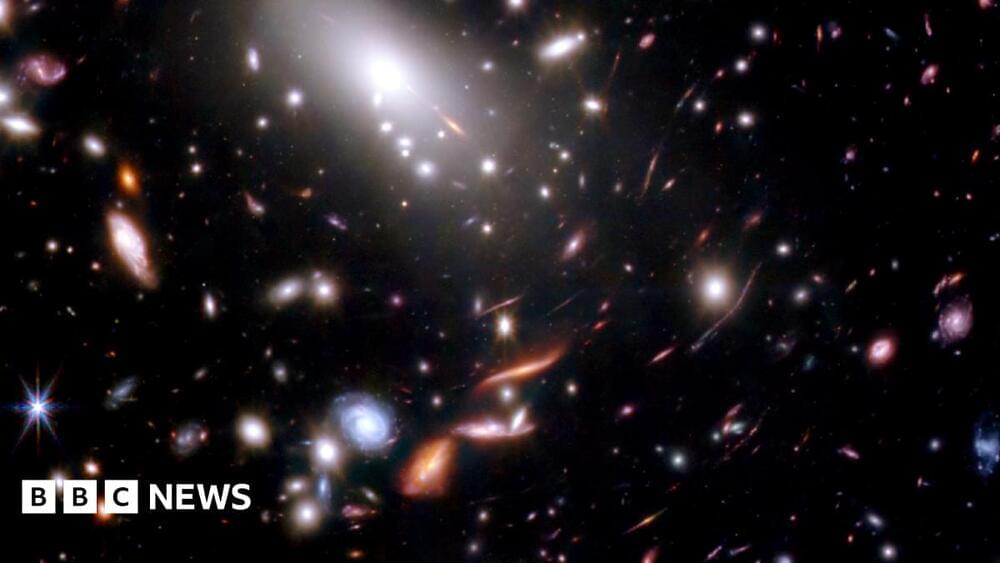
NASA’s James Webb Space Telescope (JWST) has for the first time captured an image of what our galaxy likely looked like just as it was forming — and it’s got space scientists feeling very Christmassy.
“I just love the sparkle galaxy with its Christmas lights shining as it was when the Universe was just 600 million years old,” Prof Catherine Heymans, Scotland’s Astronomer Royal, told BBC News.
The image shows ten balls of stars of different colours, appearing like Christmas tree baubles hanging in the cosmos.
Acting as an optics simulator, XLuminA explores all possible optical configurations.
Max Planck researchers developed an AI framework that autonomously designs microscopy experiments, optimizing it 10,000 times faster.
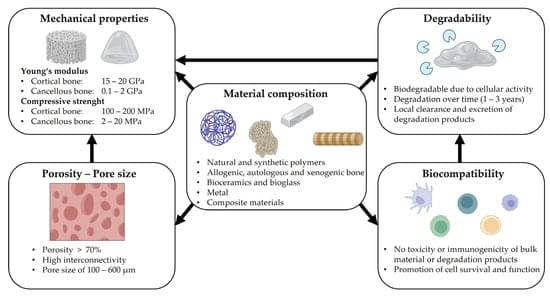
HighlyCitedPapers.
📝 — Schulze, et al.
The present work reviews the strategies and technical approaches used to overcome the multilayered problems associated with large bone defect healing in long bones, with emphasis on research rooted in scaffold-guided tissue regeneration.
Full text is available 👇
Bone generally displays a high intrinsic capacity to regenerate. Nonetheless, large osseous defects sometimes fail to heal. The treatment of such large segmental defects still represents a considerable clinical challenge. The regeneration of large bone defects often proves difficult, since it relies on the formation of large amounts of bone within an environment impedimental to osteogenesis, characterized by soft tissue damage and hampered vascularization. Consequently, research efforts have concentrated on tissue engineering and regenerative medical strategies to resolve this multifaceted challenge. In this review, we summarize, critically evaluate, and discuss present approaches in light of their clinical relevance; we also present future advanced techniques for bone tissue engineering, outlining the steps to realize for their translation from bench to bedside.
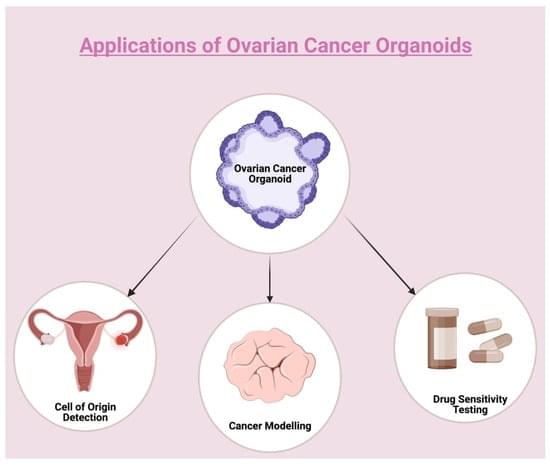
HighlyCitedPapers.
📝 The Many Faces of Immune Activation in HIV-1 Infection: A Multifactorial Interconnection — Mazzuti, et al.
Full text is available 👇
Ovarian cancer (OC) is the leading cause of death from gynecological malignancies. Despite great advances in treatment strategies, therapeutic resistance and the gap between preclinical data and actual clinical efficacy justify the necessity of developing novel models for investigating OC. Organoids represent revolutionary three-dimensional cell culture models, deriving from stem cells and reflecting the primary tissue’s biology and pathology. The aim of the current review is to study the current status of mouse-and patient-derived organoids, as well as their potential to model carcinogenesis and perform drug screenings for OC.

Just a few months after the previous record was set, a start-up called Quantinuum has announced that it has entangled the largest number of logical qubits – this will be key to quantum computers that can correct their own errors.

Dyson spheres and rings have always held a special fascination for me. The concept is simple: build a great big structure either as a sphere or ring to harness the energy from a star. Dyson rings are far more simple and feasible to construct and in a recent paper a team of scientists explore how we might detect them by analyzing the light from distant stars. The team suggests they might be able to detect Dyson rings around pulsars using their new technique.
Like their spherical cousins, Dyson rings remain for now, a popular idea in science fiction yet they are starting to appear more and more in scientific debates. The concept of the ring is similar to the sphere, a megastructure designed to encircle a star, harnessing its energy on a gargantuan scale.
It might consist of a series of satellites or even habitats in a circular orbit with solar collectors and unlike the spheres, require far less resources to build. The concept of the sphere was first proposed by physicist and mathematician Freeman Dyson in 1960. Such structures might be detectable and reveal the existence of intelligent civilizations.
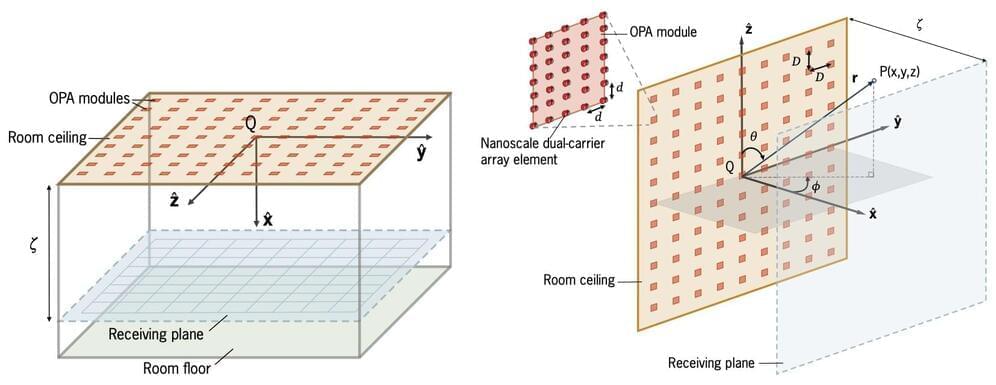
As our devices multiply and data demands grow, traditional wireless systems are hitting their limits. To meet these challenges, we have turned to an innovative solution. At the University of Melbourne and Monash University, we have developed a dual-carrier Modular Optical Phased Array (MOPA) communication system. At the core of our innovation is a groundbreaking concept: a modular phased array.
This design is inspired by the quantum superposition principle, applying its logic to enhance technical performance and efficiency. This cutting-edge technology is designed to make indoor wireless networks faster, more reliable and more secure, while addressing the limitations of traditional systems. Our research is published in the IEEE Open Journal of the Communications Society.